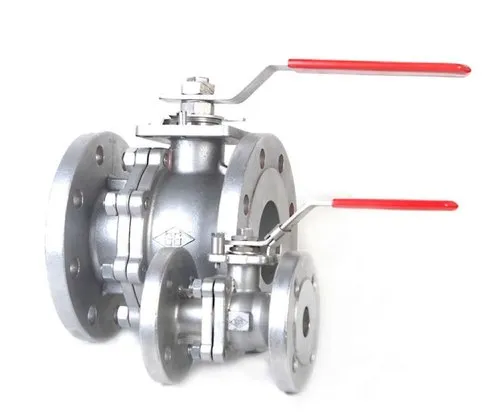This acknowledges that natural gas is used by more than half of power generating plants in Texas. This is followed by coal fired plants, nuclear, and wind. Texas produces 25% of the nation’s natural gas and is the largest producer; it also stores and supplies gas via pipeline for all regions of the country. Yet while Texas has large reserves of low grade coal (lignite), most of what is burned in its coal-fired plants is brought in via train from Wyoming and Montana.
Texas produces and consumes more electricity than any other state. However, according to the US Dept. of Energy, “Despite large net interstate electricity imports in some areas, the Texas Interconnect power grid is largely isolated from the integrated power systems serving the eastern and western United States, and most areas of Texas have little ability to export or import electricity to and from other states.”
So, it makes sense for Texas electric power generators to rely more Reliant Energy on the supply of natural gas in our backyard rather than waiting for the next 1,000 tons of coal to roll in from Wyoming. Gas is also cleaner burning than coal and does not leave behind large amounts of cinder and ash that require proper disposal.
Natural gas is a valuable and relatively rare fuel commodity and is frequently uncovered when drilling for oil. So, its price is bound to a commodity in a very volatile market where prices are often shaped by world events. For this reason, it costs more to buy than coal, nuclear, and wind. Since electricity is not separated in the wires according to how it was generated, the price per kilowatt hour (kWh) is set to the price of the most expensive fuel used to generate it: natural gas. This is known as “the price to beat”.
Critics of the Texas electricity deregulation system have argued that the key to cheaper electricity is to build more coal-fired generation plants. Recent state legislation seeks to clean up Texas’ coal-fired generation. The combination of Texas House Bill 469 and key elements of Texas Senate Bill 2111 establishes a two-tiered incentive package for clean coal projects in Texas.
Coal-fired generation projects capturing at least 50% of their carbon dioxide emissions are eligible for sales tax exemptions for the equipment that captures, transports, and stores their carbon dioxide. It also gives local taxing authorities the option to defer taxes in the early years of a project’s development. The first three projects that can achieve a 70% carbon capture rate will qualify for an additional bonus – a $100 million per project franchise tax credit. Of course, these conditions require generators to meet stringent air emission standards for nitrogen oxides, sulfur dioxide, particulate matter, and mercury.
However, over the past year, the price of gas delivered to electric generators has fallen dramatically. In fact, some US Department of Energy (DOE) analysts believe current natural gas prices now add an incentive for electricity generation companies to retire their coal-fired systems with newer natural-gas-fired generation. This is especially true due to the advent of combined cycle natural-gas-fired electricity generators.
Combined cycle generators use a gas turbine (similar to a jet engine) to spin and generate electricity. The waste heat from the turbine is used to heat water and create steam. The steam is then used to spin a steam turbine, thus generating even more electricity. These systems function more efficiently than typical coal-fired units, consuming fewer BTU of fuel per kWh of electricity generated.



